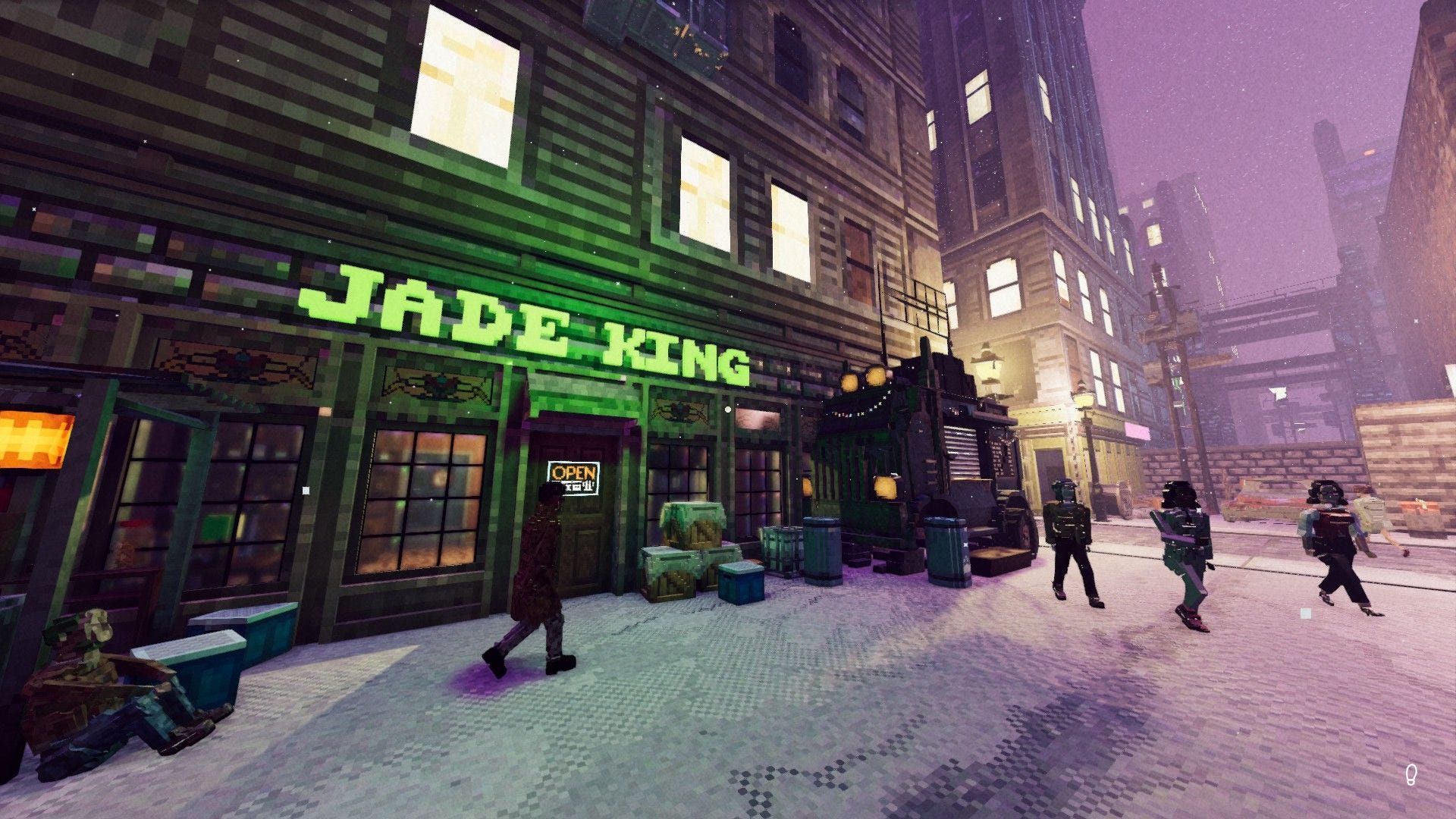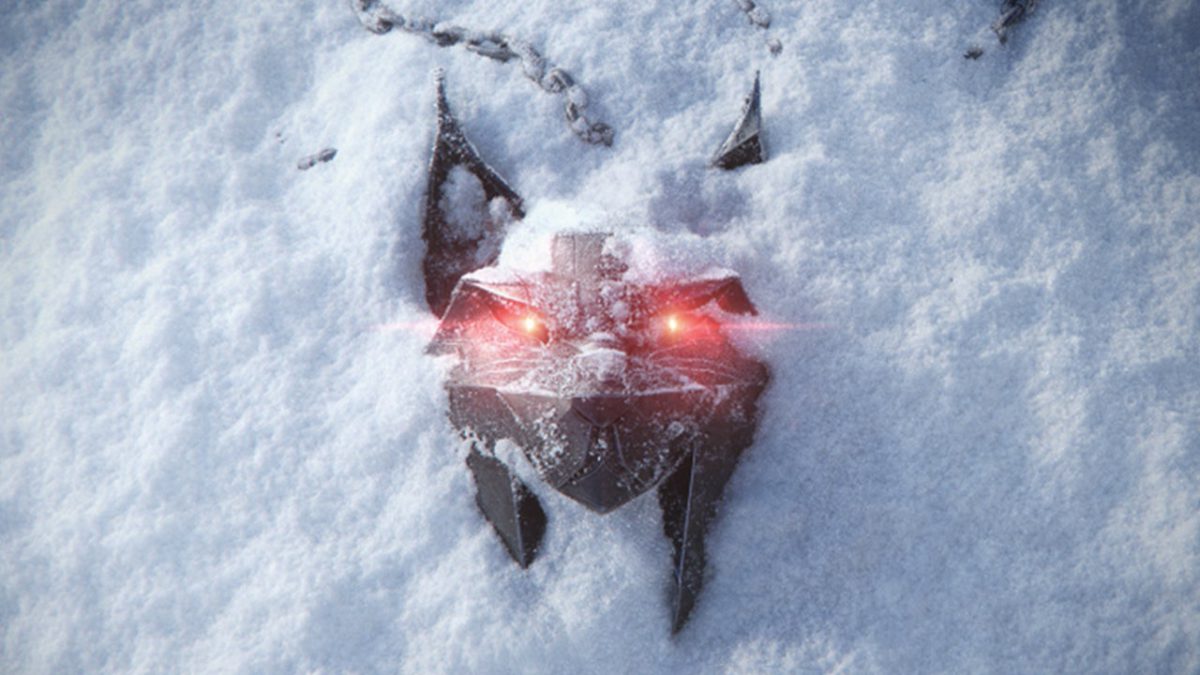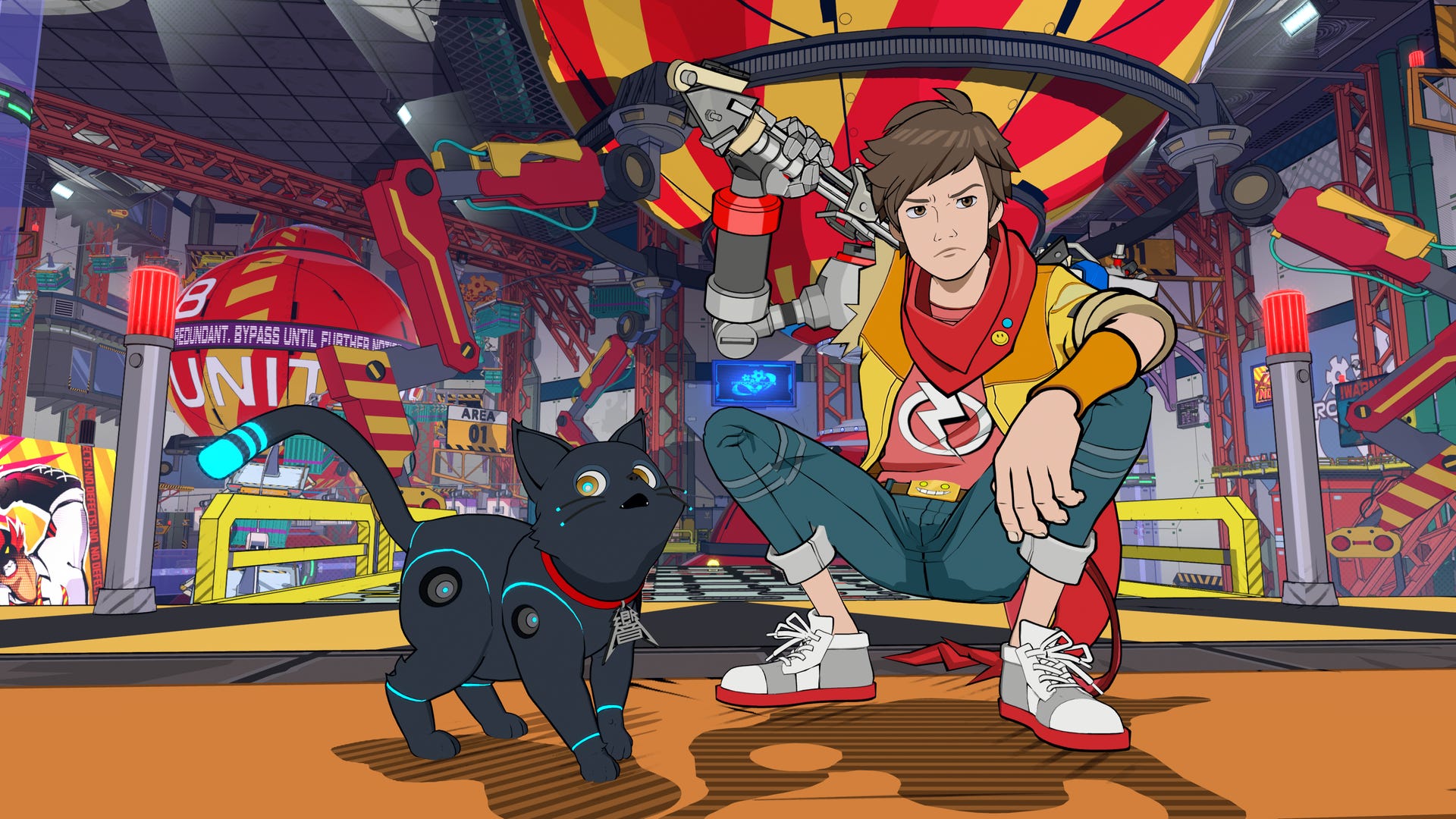The cyberpunk subgenre has been a visually and conceptually compelling backdrop for RPGs, first-person shooters, and narrative-driven mysteries. But the upcoming Kiborg from Sobaka Studios looks to turn the high-tech, low-lives conceit into a vehicle for a high-octane action brawler—with a roguelite twist. Leaning into the intense body modification and grotesque horrors that advanced technology can bring, Kiborg focuses on fast-paced, crunchy combat that’s all powered by some bizarre yet intriguing upgrades that can light up the battle zone.
Just ahead of the release of the upcoming playable prologue that sets the stage for the main game, I forged through a gauntlet of mutants, cyborgs, and giant robots with an assortment of deadly upgrades to tear through the competition in this roguelite beat-em-up spin on cyberpunk fiction.
Kiborg sees you take on the role of Morgan, a resistance fighter who outfits himself and his clones with tech upgrades to even the odds in his fight against rival factions on a wartorn prison planet. The protagonist will have to prepare himself for his descent into the carnage by training in the Arena, a VR combat simulator that supplies an endless array of foes and deadly traps in a battle zone that feels inspired by the spectacle of Mad Max: Beyond Thunderdome.
The Arena does a great job of establishing the mood of this hyper-violent grim world.Kiborg: Arena and its ladder-style progression are a prologue to the main game, which features a more robust roguelite campaign across different locales. The Arena not only does a great job of establishing the mood of this hyper-violent grim world, but also chucked me into the deep end to get me accustomed to the intriguing blend of beat-em-up action and randomized roguelite-style upgrades. Along with an extended tutorial, which helped me get into the flow and learn the basics of its brawler-style combat, you also have an AI companion who will offer Morgan tips on how best to move up the ladder of the Arena.
The combat arena focuses on the familiar wave-based encounters, with each proceeding wave adding new enemies and traps and even arranging the layout of the zone itself. The core combat of Kiborg focuses primarily on Morgan’s moveset of punches, kicks, pulverizing strikes, and parrying. Morgan also wields an upgradable firearm that’s exceptionally vital against enemies too far out of the way. You can also earn permanent boosts for Morgan’s core skills and attributes in the upgrade menu outside of the Arena, which adds buffs and extends his health.
Like any brawler, mastering Kiborg’s combat is all about having a strong offensive strategy while keeping you ready to play defense. Kiborg is packed with grit and a lot of style, making the act of tearing through foes very satisfying when you get into a rhythm. However, combat can be quite unforgiving if you don’t find that flow. This is especially evident when facing a mob of enemies, each requiring specific strategies. Added to this is the game’s somewhat unpolished attack timing and visual, which knocked me out of step in some encounters.
However, what makes Kiborg and its approach to a cyberpunk brawler truly come together is the satisfying array of cyborg upgrades that modify Morgan’s body parts with specialized attributes. The tech upgrades gained from elite foes after pulling off a finishing move similar to Raiden from Metal Gear Rising Revengeance add a whole new layer to the combat. In roguelite fashion, you’ll need to decide which upgrade from the selection that will help you go all the way.
Some of my favorite moments came from diving into a crowd of enemies and unleashing a flurry of strikes that were amplified by chained lightning, homing razor blades, and even cyborg legs that left a streak of flames on the ground.Some of my favorite moments came from diving into a crowd of enemies and unleashing a flurry of strikes that were amplified by chained lightning, homing razor blades, and even cyborg legs that left a streak of flames on the ground. One of the great thrills of a roguelite is seeing your modest hero evolve into a death-dealing warrior, and Kiborg’s building transformation into a super soldier with every round was so exciting to see unfold.
Kiborg and its Arena prologue show a promising, modest take on a cyberpunk action beat-em-up, even if it’s rough around the edges as of this preview. Still, I had a ton of fun with being able to rip and tear through enemies with some pulverizing cybernetic upgrades, and each attempt felt so different from the last. With the full game set for later release, Kiborg: Arena is just the teaser that’ll give players a solid sampling of this sleek blend of beat-em-up action and the cyberpunk mystique.






